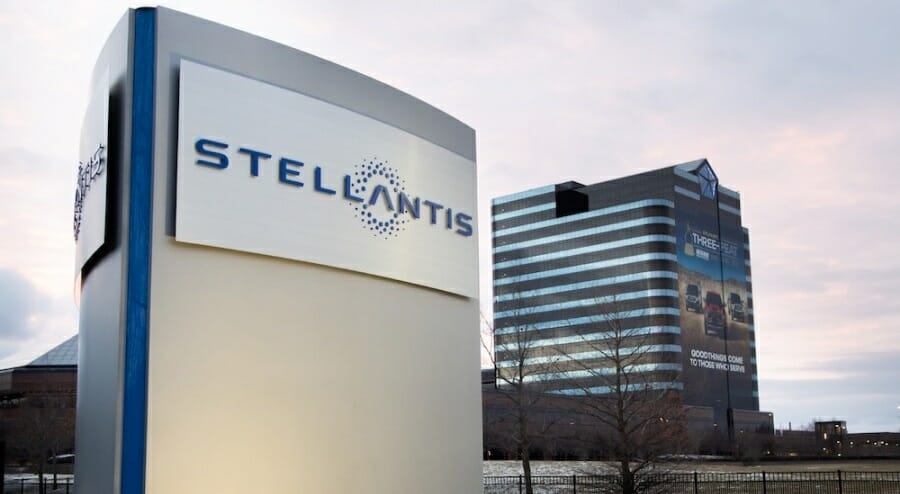Stellantis, the company that makes Fiat cars, has signed new agreements with unions in Italy. These agreements could lead to more than 3,000 workers losing their jobs in the country.
On Wednesday, deals were made for over 1,000 job cuts at various Italian facilities, including Melfi, Pomigliano d’Arco, and Termoli. These job cuts affect both assembly line workers and other staff roles, according to the FIOM union. However, the union itself has not signed these agreements.
The reason behind these job cuts is partly because the auto industry is moving towards cleaner energy sources.
These new agreements add to similar deals announced on Tuesday for Stellantis operations in Turin, where up to 1,500 voluntary layoffs were proposed, and at the engine manufacturing facility in Pratola Serra, involving 100 more jobs.
However, there’s no agreement yet for the Cassino plant, another large assembly facility of Stellantis in Italy. While the company proposed 850 voluntary redundancies for that site, the final deal with unions is expected to involve fewer job cuts. An agreement is anticipated for the Atessa van manufacturing plant in central Italy.

A Stellantis spokesperson confirmed the new agreements signed on Wednesday, which were part of a framework agreed upon with unions the previous week. These agreements are part of Stellantis’ efforts to manage the effects of transitioning towards cleaner energy and new technologies, including its impact on employment.
The job cuts are voluntary and mainly target employees nearing retirement age or those seeking new career opportunities.
Stellantis employs around 43,000 people in Italy, with about 15,000 in the Turin region, a significant area for Fiat. This move comes as part of Stellantis’ strategy to streamline its operations in Italy, which had around 55,000 employees when the company was formed in 2021 through the merger of Fiat and PSA.
Stellantis reaffirmed Italy’s importance in its global operations and is currently discussing with the Italian government conditions to increase its annual vehicle output in the country to 1 million units, up from about 750,000 vehicles produced last year.
Also read: Stellantis Terminates Salaried Employees, Citing Uncertainties in EV Transition

